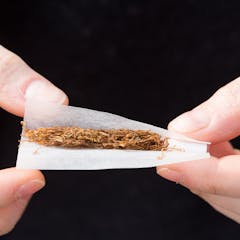
Articles on DDT
Displaying all articles

On at Cape Town Pride, Melanie Chait’s documentary is about her life partner Nancy Diuguid.

Published in 1962, ‘Silent Spring’ called attention to collateral damage from widespread use of synthetic pesticides. Many problems the book anticipated persist today in new forms.

Caracals that hunt closer to urban areas where human population density is higher, have higher levels of chemicals in their systems.

Bed bugs are pretty much universally reviled. But a public health entomologist explains how – while potentially traumatizing to deal with – they aren’t likely to make you sick.

To achieve malaria elimination on the continent, Africans need to own the agenda.

The higher the chemical levels found in a woman’s blood, the fewer eggs they had left in their ovaries.

Regulators are still licensing insecticides without properly assessing whether they harm the wildlife on which we rely.

Most studies on the use of pesticides are funded by those that produce the chemicals but only independent research can inform us about the best agricultural practices.

South Africa is piloting a new technique as it drives to eliminate malaria.

A spike in the number of malaria cases in southern Africa means that the region will not meet its initial target of eliminating malaria by 2018.

The undermining of environmental science, and the creation of lies and bribes to distort public policymaking, is as old as industries that know their products do harm, but lie to keep them in use.

Roll-your-own tobacco contains additives to stop it from drying out. So, it’s hardly a “natural” or “healthier” alternative to factory made cigarettes.
Researchers have found that the pesticide DDT, which is banned in Australia, harms unborn children. The researchers surveyed…
